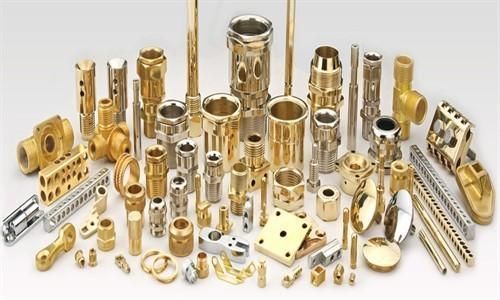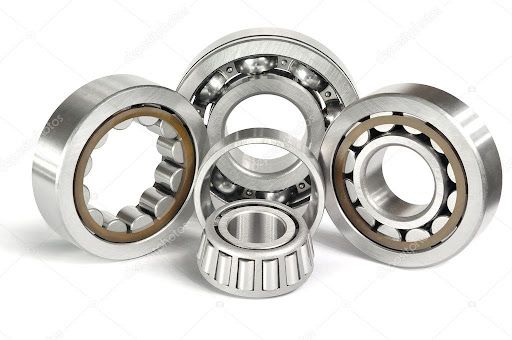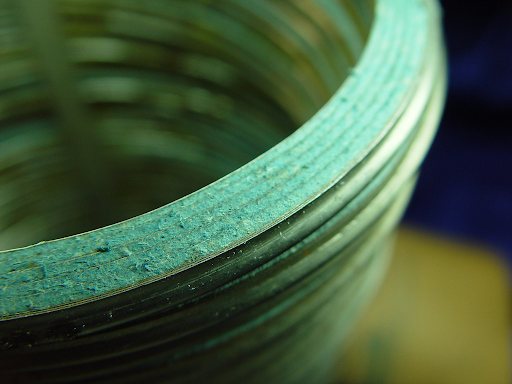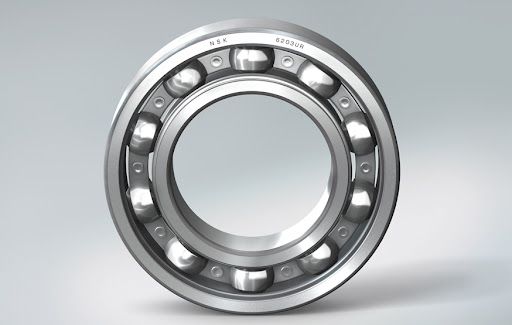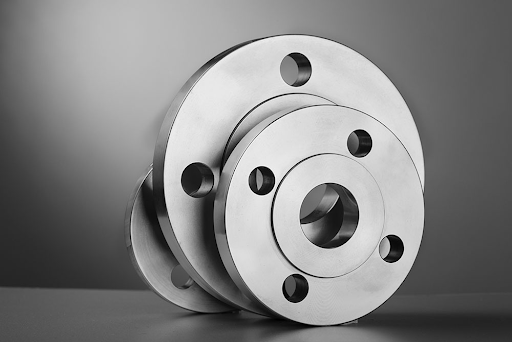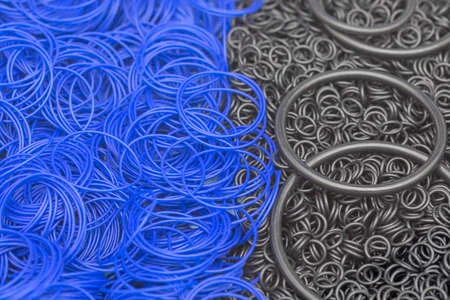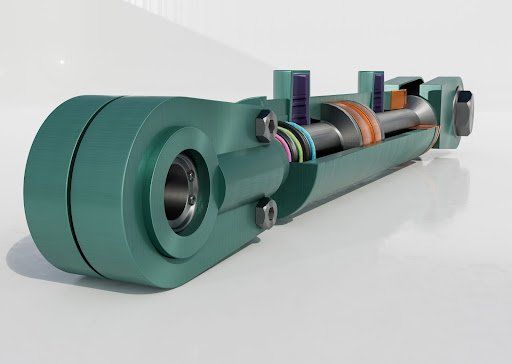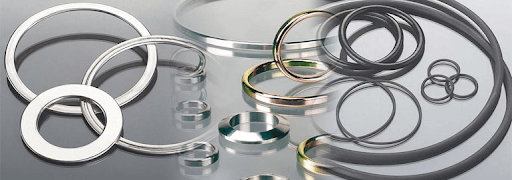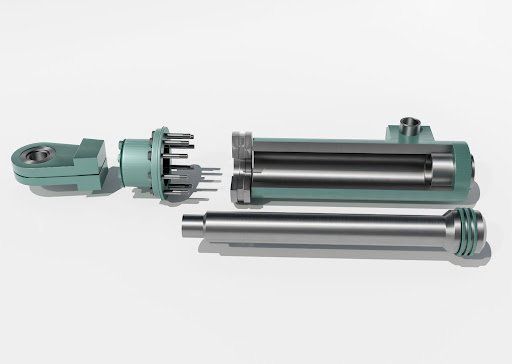All You Need To Know About Pneumatic Valves
All You Need To Know About Pneumatic Valves
Pneumatic valves control the pressure, flow rate, direction, and amount of air that moves through a pneumatic system. Countless industrial applications depend on pneumatic systems to control their power source, and while the medium in the system is a fluid (as in a hydraulic system), the way in which it is controlled and delivered is different. There are also several types of pneumatic valves that can be used to control the pressure and flow of fluid. The most common are pressure relief valves, flow control and directional control valves.
Pressure Relief Valves
For as long as we have had the ability to
boil water , there has been a need to create a safe and efficient way to manage the steam and resulting pressure. Pressure relief valves, also known for obvious reasons as safety valves, have a spring-loaded valve that is designed to open at a specified pressure setting and release fluid until the pressure returns to a safe level. These types of valves may be used for compressible or incompressible fluids in applications from air storage devices to large centralised compressors.
Flow Control Valves
Pneumatic systems (as well as hydraulic systems) often feature flow control valves. The purpose of this kind of pressure valve is to regulate the speed of the fluid in the system. They are designed to respond to signals from a control meter or temperature gauge and are usually fitted with actuators and positioners. The two configurations feature either a variable restriction that opens and closes the valve, or one that allows flow in one direction while restricting the opposite flow.
Directional Control Valves
As a flow-control valve, directional control valves are a fundamental part of pneumatic machinery. They form part of a large class of pneumatic valves that have multiple variants, from a simple check valve to a more complex valve with varying ports. Quite simply, they allow fluid to flow in different paths from various sources. The directional valve features an operator that shifts the valve between positions. They consist of a spool inside a cylinder that can be controlled either electrically or mechanically.
Other variants of pneumatic valves include poppet valves and spool valves, each with their own specific features relevant to the application they have been designed for. When choosing a pneumatic valve, consider that most come with either standard or non-standard mounting configurations. It’s always best to do your research before making a selection as there are often inconsistencies between the various manufacturers. If you’re unsure where to start or need advice on an existing system, don’t hesitate to give the Bearing Centre team a call . We will gladly assist you in finding the pneumatic valve most suitable for your system.

